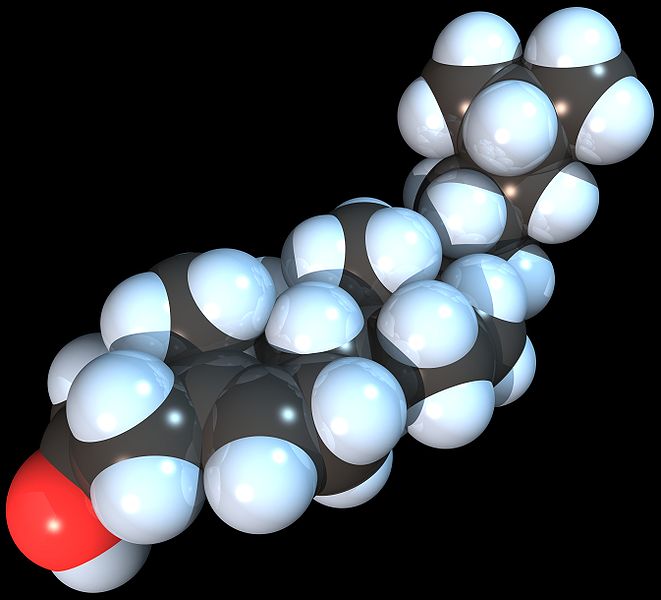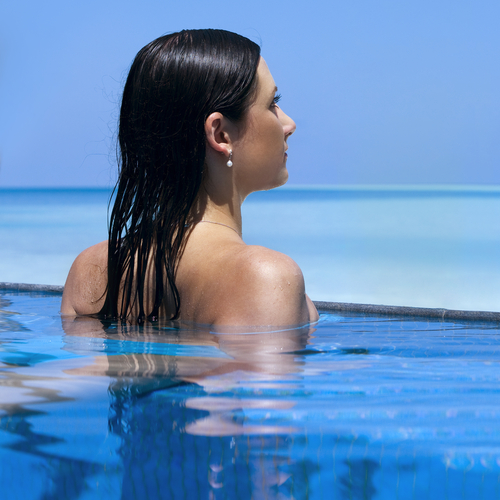
by Agrima Sharma

Monitoring your heart rate while exercising is an excellent benchmark of fitness and can indicate whether you’re pushing the body or if you remain within the healthy range. Whether you are a seasoned athlete or just getting started on your fitness journey, knowing what heart rate is a good heart rate when you exercise will maximise the effectiveness of the workout and keep you safe as well.
Let’s take a closer look at how heart rate during exercise works, including finding out your target heart rate, and the symptoms of a healthy heart during physical activity.
Checking Heart Rate During Exercise: Why Does It Matters?
Your heart rate during exercise reflects how hard your cardiac organ is working to pump blood throughout your body. When you exercise, your muscles require more oxygen; and your heart is going to respond by pumping faster to raise your heart rate. That is why heart rate has become a very crucial metric in monitoring workouts.
You can actually check your heart rate while training to know whether you are giving your body enough work and avoid straining yourself. Overexertion can lead to either fatigue, burnout, or problems with the heart. Your heart rate will let you know that you are exerting the right amount.
What is a Good Heart Rate When Exercising?
A good heart rate during exercise depends on various factors, including age, fitness level, and intensity of the workout. There exists an estimation method to determine the target heart rate and, in general, it shall be between 50% and 85% of the maximum heart rate.
The maximum heart rate is often estimated by subtracting your age from 220. For example, if you are 30 years old, your maximum heart rate would be around 190 beats per minute (BPM). A good heart rate when exercising would be between 95 BPM (50%) and 162 BPM (85%), depending on the intensity of the workout.
To get the maximum heart rate, subtract your age from 220. For example: If you are 30 years of age, your heart rate must reach about 190 BPM. 95 BPM (50%) The ideal heart rate for exercising is between 95 and 162 BPM in comparison to the level of effort.
There are different levels of exercise intensity with corresponding heart rate zones.
- 50-60% of maximum heart rate: Slow and light activities. Examples are walks or warm-ups.
- 60-70%: Target zone for fat-burn workouts or other cardio exercises like jogging.
- 70-85%: Vigorous, intense activities like running or HIIT. This enhances cardiovascular strength.
Knowing what constitutes a good heart rate during your workouts will ensure the right zone, whether to burn fat, build endurance, or increase strength.
Heart Rate During Workout: Measuring and Monitoring
Heart rate can be monitored in various ways, but the most accurate recordings can be obtained using a fitness tracker and a heart rate monitor. However, you can also check your pulse by putting two of your fingers on your wrist or neck, counting the beats for 15 seconds, and then multiplying it by four to get the heart rate in BPM.
Regular heart rate monitoring during a workout can help you avoid overtraining or undertraining in bad situations for progress. Overtraining can become a reason for exhaustion, injuries, and even some symptoms of heart attack at the moment of exercise, which we’ll discuss later. Under-training may result in workouts so easy they do not stimulate a strong effect from them.
A fitness tracker can also be used in tracking heart rate for how fast a heart rate goes back to normal after intense activity. How quickly the heart recovers its normal rhythm after a workout, the healthier your cardiovascular system probably is.
Signs of a Healthy Heart During Exercise
While monitoring your heart rate could give you excellent feedback, paying attention to the signs of a healthy heart during a workout will do the same. A fit heart can pump blood through the entire body and return promptly to a resting state after exercise.
Some of the signs of a healthy heart during physical exercise include the following:
- Normal Heart Rate: Your heart rate ought to rise gradually with exercise with no spikes or dips erratically.
- No Chest Pain or Discomfort: You will not feel chest pain or tightness in working out. Some say discomfort in the chest is a red flag.
- Steady Breathing: You might breathe much faster when you are working out, especially when you do intense exercises, but it should not feel painful and laboring.
- Rapid Recovery: Within minutes after exercise, your resting heart rate should return.
A slower recovery might be a warning of hidden heart problems. Looking at these signs of fitness in your heart during exercise will help you stretch out to a limit without damage.
Symptoms of Heart Attack While Exercising
It’s important to stop exercising immediately and seek medical attention if you experience any of these symptoms of a heart attack while exercising. Even if the symptoms feel minor, it’s better to be safe than sorry.
While exercise is necessary to keep the heart healthy, vigorous exercise may have serious effects on people if their hearts carry underlying conditions. Heart attack symptom awareness in exercise could be a lifesaver. The following are some symptoms:
- Chest Pain or Tightness: Sudden or growing chest pain while exercising may be a sign of a heart attack. This pain can also be sent to the arms, back, neck, or jaw.
- Breathlessness: Though one is bound to breathe heavily during exercise, rapid, bad breathlessness that feels unfamiliar can be a symptom of a heart attack.
- Dizziness or Lightheadedness: Feeling faint or dizzy while working out can indicate some heart problem.
- Cold Sweats: Whenever you break into a cold sweat while working out, it might be a sign that your body is in distress and finds itself unable to pump blood to the muscles.
- Nausea or Vomiting: These symptoms are one of the often-overlooked signs and can be warning signs of a heart attack.
Any of the symptoms of a heart attack when at exercise should warrant stopping whatever one is doing physically and visiting their doctor. However slight, the manifestation is better safe than having a regret.
Improving Cardiovascular Fitness Through Heart Rate Monitoring
To develop by using heart rate as a guideline for enhancing cardiovascular fitness, first of all, your heart gets more efficient at pumping blood as you achieve your improved fitness. The alleviating factor of fitness increase would be in the sense that, over time, your resting heart rate will reduce.
While you can work out at higher intensities, you also have a lower heart rate during the workout, which is another evidence of higher fitness level.
How to Safely Adjust Your Workouts Based on Heart Rate?
Any form of workout also allows for one of the best benefits of heart rate monitoring, which is to give insight into learning and help you adjust your intensity to reach your goals. Keeping yourself in the moderate-intensity zone will allow you to burn fat and be able to sustain that burn throughout the workout. Long, sustained periods in the lower end of your target heart rate zone work best for endurance training. For strength training, interval training with periods of both high and moderate intensities is effective.
Knowing what would be a good heart rate during exercise and keeping within that range will help you have a safe and effective workout that can benefit your body’s needs and goals.
Final Thoughts on Heart Rate During Workouts
Tracking heart rate during exercise is an essential tool for any fitness enthusiast looking to maximise his fitness program. Using heart rate monitoring during your workouts would give you a sense as to whether you were really burning body fats and developing endurance or just pumping yourself out without gaining any real cardiovascular benefit.
Remember to maintain your target zone of heart rate, recognize the signs of a healthy heart while exercising, and look out for symptoms of heart attack in working out. Keeping these guidelines will ensure that you have safe, effective exercise.
Agrima Sharma is a passionate writer with immense knowledge about cardiac health and wellness. All the critical aspects of heart problems as well as essential treatments to treat disorders are covered to enrich lives and empower individuals to take precautionary actions to keep heart diseases at bay.




